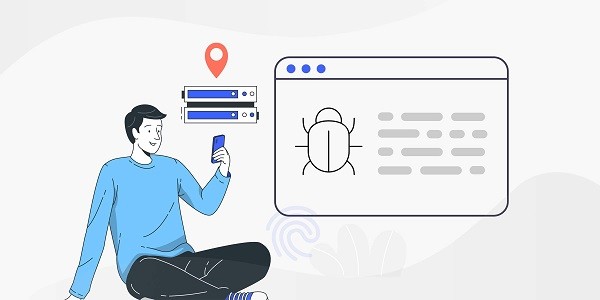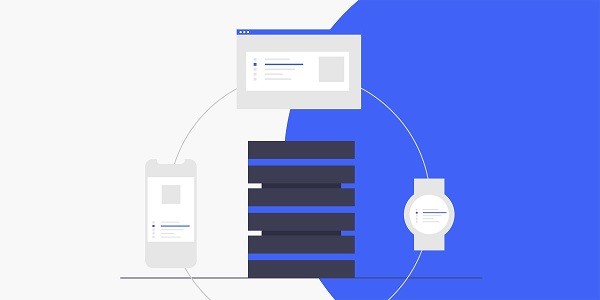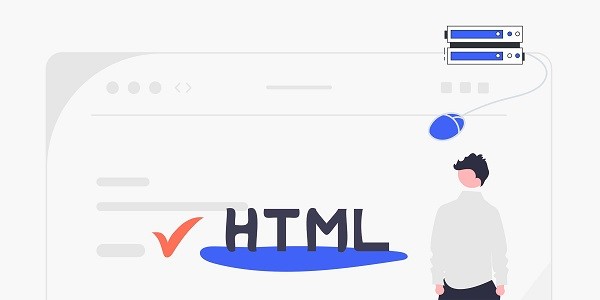Discover how the best DNS proxy services enhance online security and speed. Learn why IP2world's dynamic residential and static ISP proxies stand out in global network solutions. What Is a DNS Proxy Service and Why Does It Matter?DNS proxy service is a technology that forwards domain name resolution requests through an intermediate server to hide the user's real IP address, speed up access, or bypass geographical restrictions. For users who need anonymous browsing, content localization testing, or efficient network management, choosing a high-quality DNS proxy service is essential. IP2world provides users with stable and secure network connection support through its diverse proxy IP products. What Makes a DNS Proxy Service the "Best" Choice?To measure the quality of DNS proxy services, we need to focus on three core dimensions: response speed, privacy protection capabilities, and compatibility. High-speed resolution ensures that web pages load without delay, especially when accessing across borders, low-latency proxy nodes directly affect the user experience; in terms of privacy, top services must support encrypted transmission and eliminate log records to prevent data leakage; compatibility requires proxy services to adapt to different protocols (such as HTTP/S, SOCKS5) and cover mainstream operating systems and tools.IP2world's dynamic residential proxy achieves high anonymity and low-latency resolution through a global pool of tens of millions of real residential IPs, while the static ISP proxy provides enterprise-level users with long-term stable exclusive IP resources. Both meet the above standards. How to Balance Speed and Security in DNS Proxies?Speed and security are often seen as conflicting requirements, but high-quality DNS proxy services can achieve a balance between the two through technical architecture. For example, a distributed server network can shorten the geographical distance between users and target websites and reduce resolution time; at the same time, TLS encryption and IP rotation mechanisms can strengthen privacy protection without sacrificing speed.It is worth noting that some service providers simplify encryption steps to increase speed, resulting in data exposure risks. Therefore, when choosing, you should first verify whether the service provider uses industry standard encryption protocols and supports custom security level configuration. Why Do Global Businesses Rely on DNS Proxy Solutions?Multinational companies often face IP blocking or regional shielding in market research, advertising verification, price monitoring and other scenarios. DNS proxy helps companies bypass restrictions and obtain accurate data by simulating local user access behavior. In addition, the multi-IP rotation function can avoid triggering the anti-crawling mechanism and ensure the stability of large-scale data collection.IP2world's exclusive data center proxy is designed for high-frequency business, providing pure IP resources and high concurrency support, especially suitable for the needs of e-commerce, finance and other fields. How to Evaluate DNS Proxy Performance for Long-Term Use?When using DNS proxy services for a long time, you need to evaluate them from three aspects: scalability, cost-effectiveness, and after-sales service:Scalability: Does the proxy pool scale to support business growth? Can IP types (residential/data center/ISP) be switched flexibly?Cost transparency : Are you charged by traffic, number of IPs, or duration? Are there any hidden costs (such as overage fees)?Technical support : Is the fault response time within 24 hours? Are APIs or customized configuration services provided?IP2world's unlimited server plan adopts a fixed monthly fee system, allowing users to call IP resources without restrictions, and is equipped with 7×24-hour technical team support, significantly reducing the complexity of operation and maintenance. IP2world:Your Gateway to Reliable DNS Proxy SolutionsAs a professional proxy IP service provider, IP2world provides a variety of high-quality proxy IP products, including dynamic residential proxy, static ISP proxy, exclusive data center proxy, S5 proxy and unlimited servers, suitable for a variety of application scenarios. If you are looking for a reliable proxy IP service, welcome to visit IP2world official website for more details.
2025-04-10









